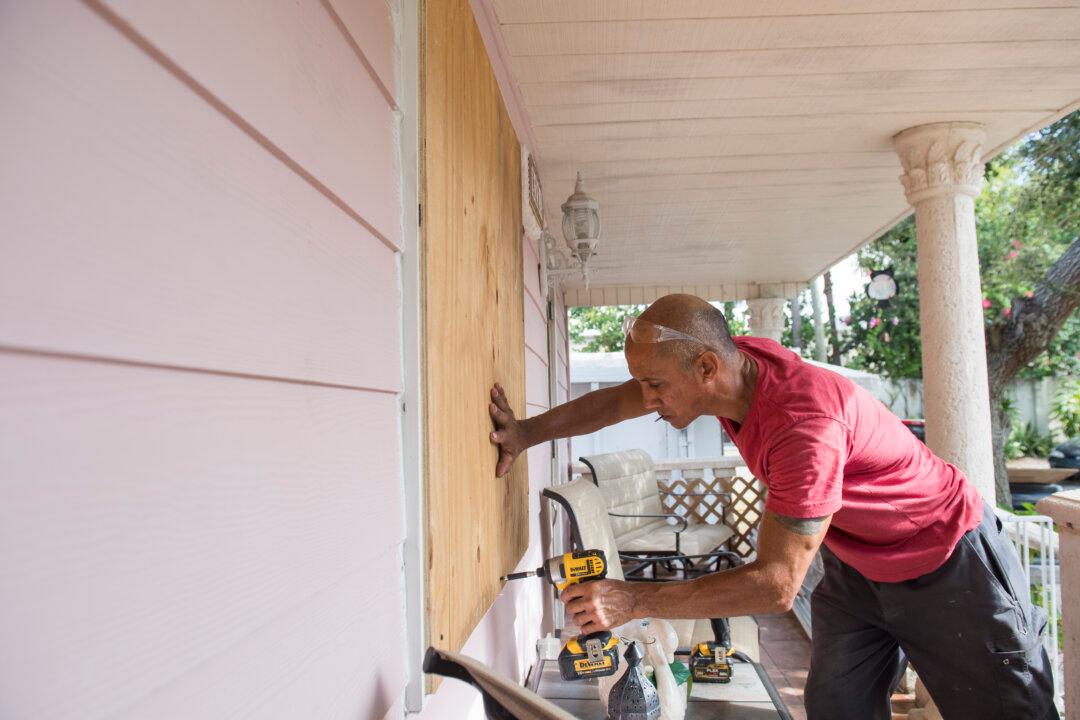Florida Power & Light (FPL) is shutting down Florida’s only two active nuclear reactors as the state braces for the arrival of Hurricane Irma, but the risk is minimal, said FPL CEO Eric Silagy.
“We are not taking any chances,” said Silagy. He said that the plants were likely the strongest engineered facilities in the world.
The nuclear plants at Turkey Point and St. Lucie are on Florida’s Atlantic Coast, where Irma is expected to concentrate much of its fury.
Silagy noted the Turkey Point station suffered a direct hit from Category 5 Hurricane Andrew in 1992.
“And Turkey Point had no issues with the nuclear equipment that was there,” he said.
“We have safely operated these plants for over 40 years,” he noted.

Florida's two nuclear plants, marked in red, are in Hurricane Irma's path. Screenshot via Google Maps





